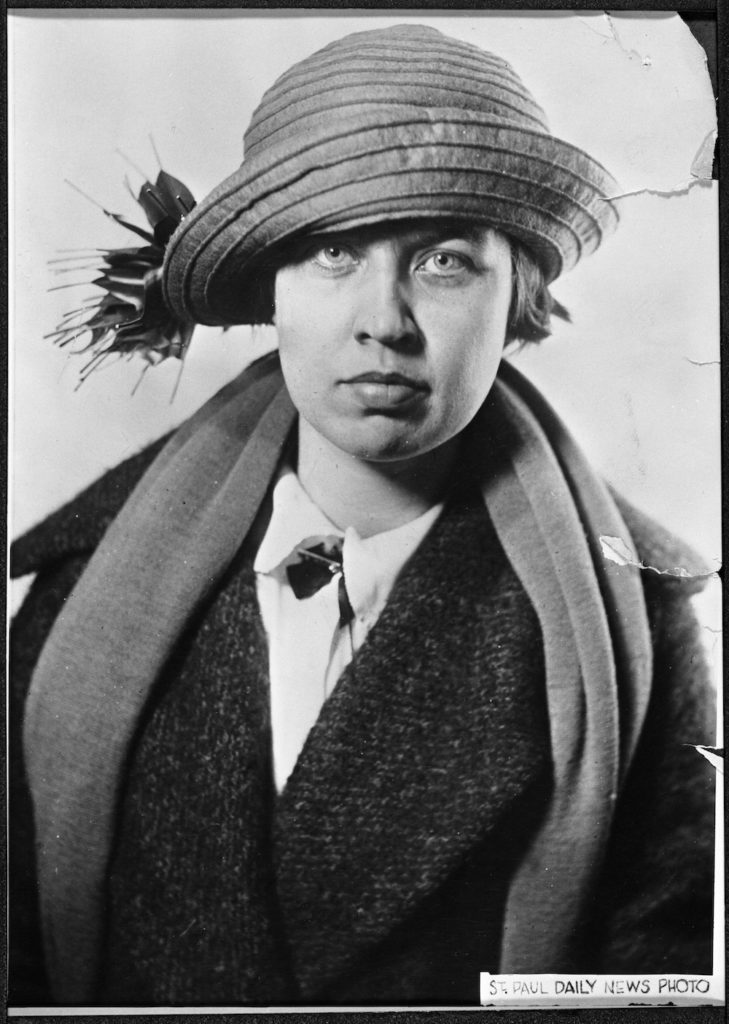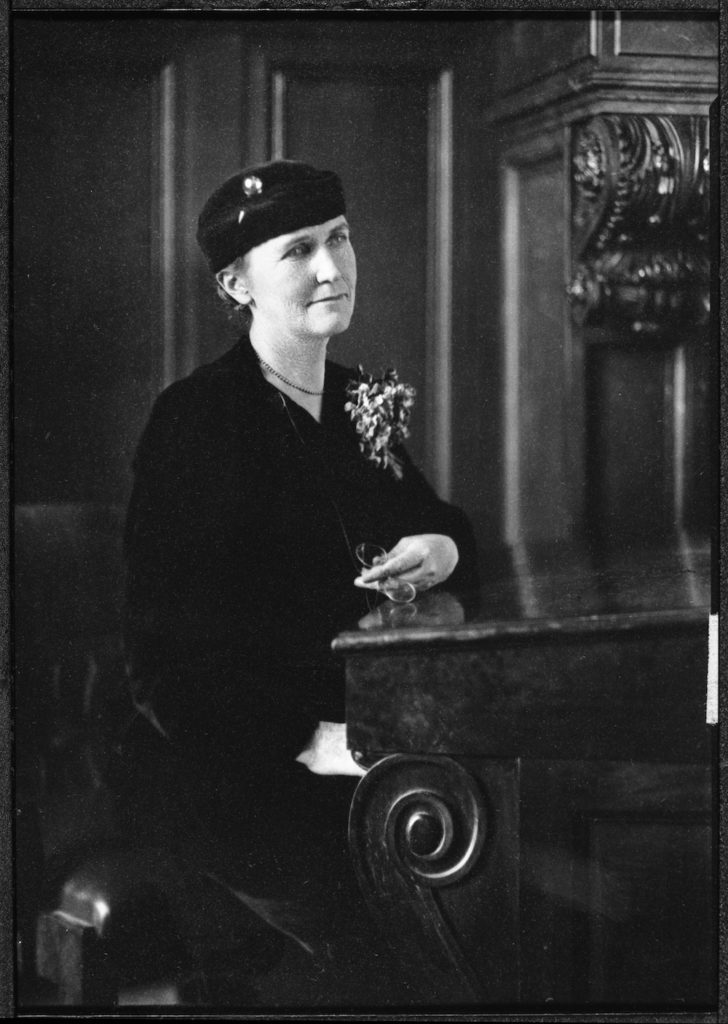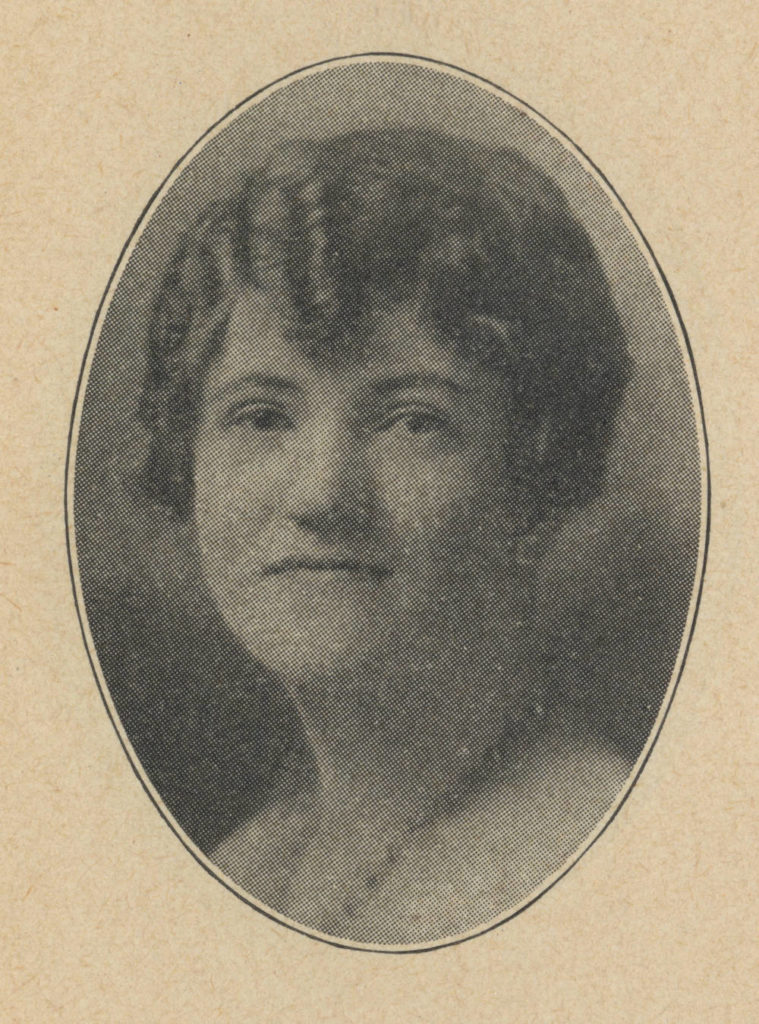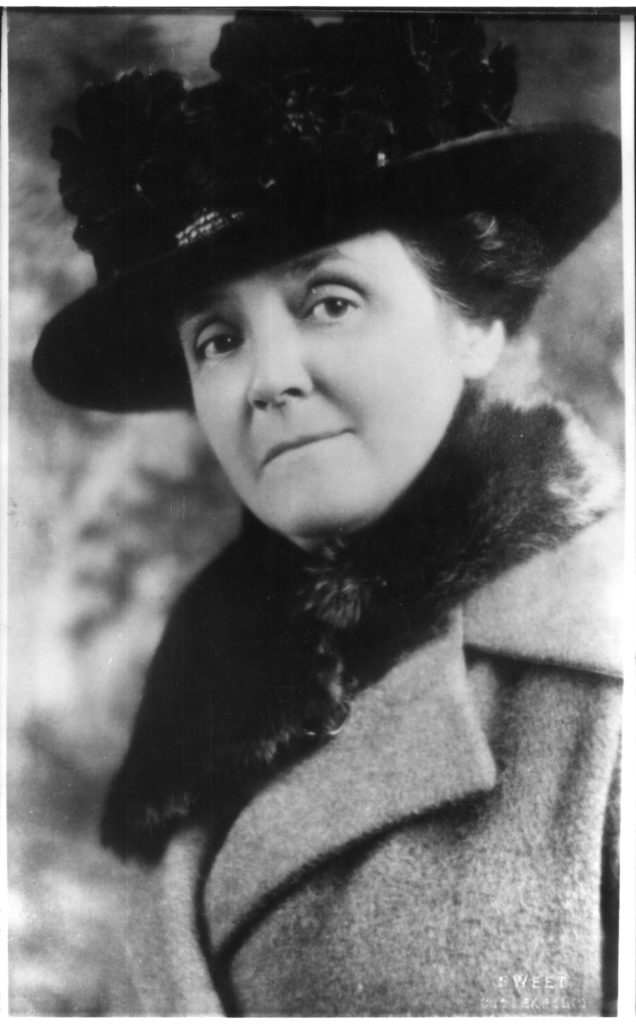The coming year, 2020, will mark 100 years since the 19th Amendment granted U.S. women the right to vote.
On Nov. 7, 1922, the first state election after suffrage came into effect, four Minnesota women became the first female legislators to hold office at the State Capitol.
Here’s a look at the four women who first broke barriers in the Minnesota political realm to become members of the state House of Representatives.

Myrtle Cain
Only 28 when she was elected to represent a Minneapolis district, Cain was one of the youngest female legislators in the country. Despite her youth, she already had served as the president of the Women’s Trades Union of Minneapolis and co-founded Minnesota’s branch of the National Woman’s Party.
As a state representative, she quickly took a stand on big issues, including proposing an Equal Rights Amendment in 1923, which stalled in the legislature. She also authored the first-ever bill targeting the Ku Klux Klan.
The law made it a misdemeanor for members of organizations like the Klan to wear masks or otherwise conceal their identity in public. After her bill passed 96-2 in Minnesota, some 15 other states followed suit and passed their own antimasking laws.
In 1924, Cain narrowly lost her seat by a handful of votes, but she stayed active in politics for decades. She worked for the Farm-Labor and DFL parties, served as labor relations director for the Twin Cities Army ammunition plant, and was an aide to Mayor Hubert Humphrey, Rep. Roy Wier and Sen. Eugene McCarthy.

Hannah Jensen Kempfer
From the small town of Erhard near Fergus Falls, Kempfer was the first woman elected to office from rural Minnesota. She was a former teacher and farmer’s wife, whose friends urged her to run for office.
During her first campaign — and her nine non-consecutive terms in the Minnesota House between 1923 and 1942 — Kempfer remained fiercely independent and refused party or special interest group endorsements.
“My guiding principle will be ‘equal opportunities for all with special privileges to none,’” she said.
At the legislature, she was a strong advocate for the welfare of children, which was rooted in her own experience. Kempfer was left at a Norwegian orphanage as a baby by her unmarried mother and later adopted. In 1923, Kempfer and her fellow female legislators co-authored a bill that guaranteed children born out of wedlock would receive inheritance rights and required fathers to give their children their last name.
Kempfer was also the first woman to serve as speaker of the state House of Representatives; she was appointed honorary speaker for the day on Jan. 28, 1925.

Sue Metzger Dickey Hough
Elected to represent a Minneapolis district, Hough was a graduate of the University of Chicago Law School and worked in the real estate business. She campaigned as “a businesswoman for a business position” and noted that as a widow with no children, she could devote herself fully to the legislature.
When her friends encouraged her to run for office, Hough was reluctant. However, when she told her father she wasn’t going to campaign, he said, “That’s the first time I’ve ever seen a white-livered Dickey.”
She was determined to prove her father wrong and quickly registered to run.
During her one term in office, she advocated for a variety of issues, including automobile taxes, building the Mendota Bridge and a revolver bill that echoes gun debates still going on today.
“I felt if our boys could not so readily secure firearms, they would not commit these crimes,” she recalled in a report on the 1923 session. Her bill passed the state House, but didn’t make it through the Senate.
Hough ran for reelection in 1924, but lost by 150 votes. In a 1963 Minneapolis Star article, she said, “I wasn’t smart enough to ask for a recount.”
Hough, however, stayed involved in government work as an employee of the Minnesota Department of Public Welfare from 1939 to 1959.

Mabeth Hurd Paige
Before the Minnesota legislature, Paige was an active local suffrage leader and chaired the committee to create the Minnesota chapter of the League of Women Voters. Married to a University of Minnesota law school professor, Paige attended law school and was admitted to the bar, but never practiced.
In January 1923, soon after her first term began, she introduced a bill in the legislature advocating for employed minors to be able to take high school classes part-time.
Paige went on to serve as a longtime legislator representing the Kenwood area of Minneapolis. With 10 consecutive terms and 22 years in office, her efforts spanned a variety of issues, including working hours for women, psychiatric care, welfare and environmental protection for the state’s forests and lakes.
After retiring in 1944, Paige was appointed to state commissions on race relations and employment and security and continued to call for more women in politics. When she retired, she expressed concern in the Minneapolis Tribune about how the number of female legislators had fallen rather than grown: “I had hoped when I entered the legislature in 1923 that by 1943 no less than 10 percent of the legislature would be women — yet I am now the only one.”
Until the late 1970s, the Minnesota legislature continued to have only a handful of women, but since the mid-2000s, numbers have grown to an average of 60–70 female legislators. In the current 2019-2020 session, women hold 64 of 201 seats, about 32% of the Minnesota State Congress.
To learn more about Minnesota women’s impact on the political landscape and the 100th anniversary of the 19th Amendment, mark your calendars for the forthcoming exhibit, She Voted: Her Fight, Our Right, which opens Sept. 26, 2020, at the Minnesota History Center in St. Paul.
Lauren Peck is a public relations specialist for the Minnesota Historical Society.

